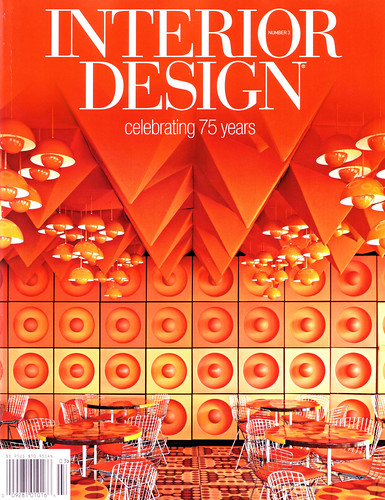A lot of people want change, but they think it costs too much money. While there may be some expense involved, doing the work yourself can save much money in your design budget. Look at the following article for excellent do-it-yourself home interior tips.
Keep in mind the usage of the room space when you are planning a design. For example, a colorful palette of primary colors is well-suited for a playroom or child’s bedroom. But those colors won’t work in a library for instance.
Creating a mood is an often overlooked aspect of interior planning by many people. Have a mood or theme in mind when you pick materials for the room. A example of this would be creating a calm mood with soft and warm colors.
Before you start any design work, decide what mood you are going for. Your moods can vary so you want to create one in the room you are decorating. Choosing a mood helps give you an overall guideline for what you are going to do in the room.
Set a budget. Nothing is worse than starting a project that you can not finish because you ran out of money for it. You will feel a lot more comfortable about finishing a project in the future.
While interior design professionals are often in the know, don’t take everything they say as gospel. You can’t make a home you really enjoy until you start trusting yourself and designing something that really reflects who you are.
A good interior design tip is to make sure you’re always following up on the latest style trends. Nobody wants to find themselves with a room that appears stuck in time, complete with tacky wallpaper or furnishings. Peek around and see how other people are decorating their homes these days.
Do not jump right into putting paint on the walls. Rushing could cause you to make some poor color choices. Many colors look different once they are applied to the wall and dry. Consider buying several samples, applying them to your wall and then making your decision. You may find that you don’t love a color quite as much as you did at first.
As you improve the way your home looks and feels, make sure you are considering what you may want in the long term. Add some personalty but don’t pick loud or overly trendy designs. You will have to live with your choices for years. Potential buyers may be repelled by the strong statement that your interior design makes. If there is something that you just must do to your home that might not be considered normal, just remember that you may have to remove it later on.
Lighting is critical in any room. The whole mood of a room changes with sufficient lighting. For example, guest bathrooms and kitchens are perfect candidates for distinct lighting fixtures and bright, incandescent lights. However, bright lights are not a good choice in a room where you would like a subtler mood. Master bedrooms and living areas are typically outfitted with more subdued, subtle lighting; a dimmer switch is ideal for these areas.
If you have a very small space, you might want to consider adding a mirror or two to the walls. Mirrors are great for making a room look larger and brighter. Put a little money into some attractive mirrors in order to enhance your interior spaces.
Look for interesting pieces and themes to inspire a new collection. A collection simply means you have at least three of whatever item you are decorating with. Three vases, for example, would be a collection. Three pictures makes up a collection. Create a display of your new collection so you have something to talk to guests about.
With enough effort you can realize how great and simple it is to fix up your home with a budget. If you use a few little tricks and tips to decorate you can give your rooms a cheerful look with just a little cash.
